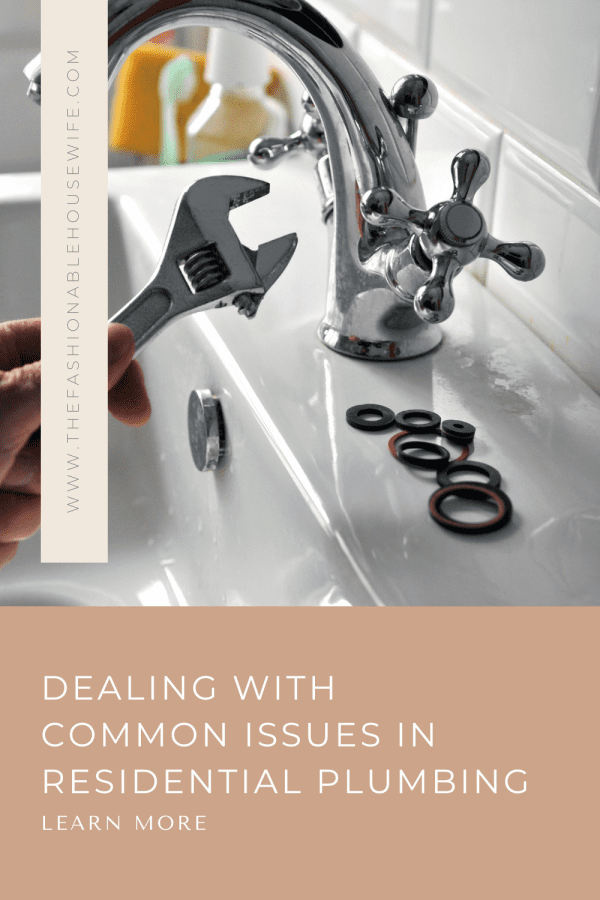
Residential plumbing problems can be a homeowner’s nightmare, causing inconvenience and damage to the property. From dripping faucets to clogged drains, understanding how to address these common issues can save you time, money, and the hassle of hiring a plumber. This article will explore six common residential home plumbing problems and provide practical solutions to tackle them effectively.
1. Dripping Faucets
A dripping faucet is troublesome and can waste significant water over time. To fix this issue:
- Start by turning off the water supply to the affected faucet.
- Disassemble the faucet handles and replace the worn-out O-rings or washers.
- Follow the manufacturer’s guidelines for your specific faucet model.
2. Clogged Drains
Clogged drains are one of the most prevalent issues in households. You can prevent this problem by knowing what goes down the drain. However, if you’re already facing a clog, avoid using chemical drain cleaners, which can damage your pipes. Instead, use a plunger or a drain snake to clear the obstruction. Regular maintenance, like using drain screens, can help prevent future clogs.
3. Running Toilets
A running toilet can result in water wastage and higher water bills. This issue typically occurs due to a defective flapper or worn-out fill valve. To resolve it:
- Open the cistern and check if the valve is sealing appropriately.
- If not, replace that valve.
- If the fill valve is causing the problem, adjust or replace it as needed. This simple fix can save you money on your water bill.
4. Leaking Pipes
Leaky pipes can lead to severe water damage to your house’s structure and rapid mold growth. If you notice any signs of leakage, like water stains or dampness on walls and ceilings, it’s crucial to address them promptly. Start by turning off the water supply to the affected area. Then, either patch the leak temporarily with epoxy putty or replace the damaged section of the pipe. It’s best to consult a professional plumber for significant leaks.
5. Low Water Pressure
Low water pressure can be frustrating, mainly when you’re trying to take a shower or wash dishes. It often occurs due to mineral buildup in the pipes or a faulty pressure regulator. Regularly clean your faucets’ aerators to improve water pressure and check for any obstructions. If the issue persists, consider consulting a plumber to inspect and adjust your home’s pressure regulator.
6. Water Heater Problems
A malfunctioning water heater can disrupt your routine tasks. If you experience issues like inconsistent water temperature or no hot water at all, start by checking the thermostat settings. Adjust as needed, but be cautious not to set the temperature too high to prevent scalding. If the problem persists, it may be due to a faulty heating element or sediment buildup in the tank. In such cases, it’s advisable to seek professional assistance.
Conclusion
Residential home plumbing problems are common but manageable with the proper knowledge and tools. You can maintain a well-functioning plumbing system by promptly addressing dripping faucets, clogged drains, running toilets, leaking pipes, low water pressure, and water heater problems. Remember to take a proactive approach to plumbing maintenance to prevent these issues from occurring in the first place. With these tips, you can save money on repairs and enjoy a stress-free plumbing experience in your home.






